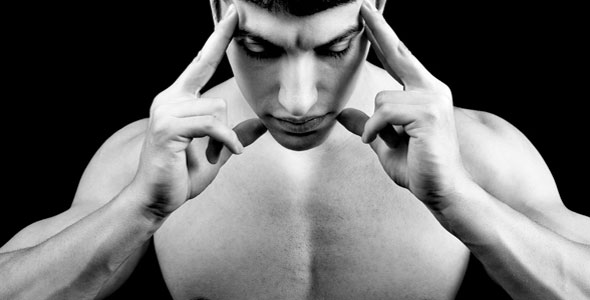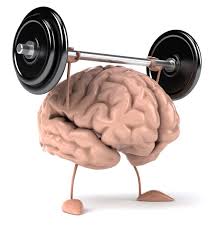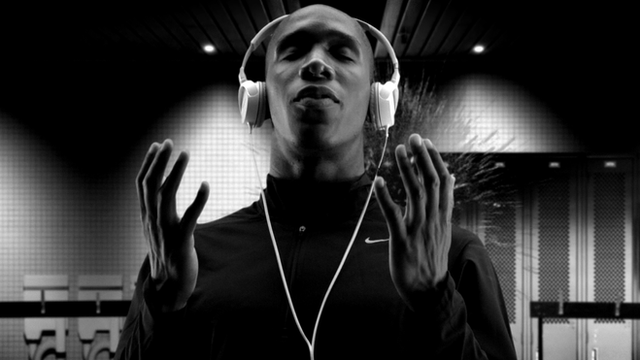The 3 types of mental training for paddlesports

Jonathan Males | In the flow - Not all your training has to be on the water or in the gym. In fact you can add a powerful dimension to your performance by including short mental training sessions that will develop your psychological strengths of mastery motivation, decision-making and execution. Along with teamwork, these are the four fundamentals that give you the self-confidence to perform to your potential.
Here are three different mental training sessions. Each session can take anything from 10 to 20 minutes. Find a quiet place where you won’t be disturbed and prepare by sitting quietly and relaxing physically, take a few deep breaths and let yourself become still and calm.
 1. Mental Rehearsal
1. Mental Rehearsal
What is it and how does it help?
Mental rehearsal means using your imagination to practice new skills or techniques. When you do so your brain sends the same nerve impulses to your muscles as when you actually paddle, so mental rehearsal can help you acquire skills faster and be more confident applying them. It can also help your decision-making, for example testing out different options on a slalom course before you get on the water. It can also help when you’re reviewing your performance, when you can run through a performance in your imagination and identify what went well and what you’d like to change.
How do I do it?
Choose an aspect of your technique or race performance that you’d like to improve. Simply imagine that you are in your boat, feel yourself holding your paddle and the movement of your boat on the water. Then in your imagination go through the sequence that you want to practice; seeing, feeling and hearing what you would do in real life. The more realistic your experience is, the better, and it seems that the most important aspect is to feel your movements, like your blade against the water. Try varying your visual perspective: use an internal perspective where you are ‘in’ your boat looking out, as well as being a ‘third person’ observer of yourself from the bank. Be as specific as possible, always focus on executing the skill successfully, and try to do the mental rehearsal in real time.
2. Evocative Imagery
What is it and how does it help?
Evocative imagery is similar to mental rehearsal in that you are using your imagination, but it’s different in that you are freeing your creativity and the power of your mind to go beyond practicing a specific skill. Our sub-conscious minds respond powerfully to images and emotions, so evocative imagery is all about building up strong internal pictures of success that are accompanied by positive feelings. This increases your confidence and enhances your motivation to achieve your goals.
How do I do it?
After sitting quietly and relaxing for a couple of minutes, bring to mind a time when you performed really well and felt supremely confident. Allow yourself to remember this experience and how you felt at the time. In your imagination see yourself performing again the same way at a future event, and even better! Now is the time to dream of achieving your goals, of imagining what it would be like to be successful in the future. Make these images as vivid as possible and enjoy the feelings of confidence and success. Use evocative imagery to sustain your motivation when faced with a tough training session, or when there’s a dip in your performance.

3. Mindfulness
What is it and how does it help?
Mindfulness is the skill of maintaining your focus on the task at hand. It enhances your ability to deal with distractions, concentrate and execute your skills under pressure. It is simple but not easy. Simple, because to practise requires no more than to sit quietly, close your eyes and bring your attention to your breathing. Not easy, because you will quickly realise that your mind is full of thoughts, both pleasant daydreams and worries that will take your attention away before you know it. But mindfulness is like going to the gym for your mind, making it easier to stay focused on the water.
How do I do it?
Find a quiet, comfortable sitting position. Notice the position of your feet, arms, and hands. Allow your eyes to close gently. Begin by noticing what you can hear around you, the temperature of the room, the sensations in your body. Gently bring your attention inwards to your breathing. Don’t try to change your breathing or deliberately slow it down, just notice the air moving in and out of your lungs all by itself. As you sit quietly like this, you’ll soon notice thoughts, emotions and physical feelings – perhaps you’ll start thinking about your next training session or what you’ll eat for lunch. Perhaps you’ll be asking yourself how long you have to keep doing this for. Perhaps you’ll find yourself wandering off on a pleasant daydream. This is normal. Don’t get upset at yourself for losing concentration. Just patiently name the thought and gently bring your attention back to your breathing. Follow your breath, in and out. Just notice a distraction when it arises and bring your attention back to your breath. Start with short periods of 5 minutes and build up to 20 minutes.
These three sessions each develop a specific mental strength, so experiment and build them into your weekly training programme. Discipline is just as important for mental training as it is for physical and technical training, so persist and you’ll experience the benefits!
You can learn more about performance psychology for paddling in my book In the Flow, published in collaboration with Sportscene and available as a paperback or e-book here www.performance.sportscene.tv





